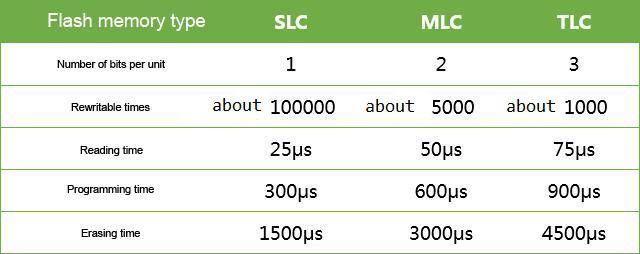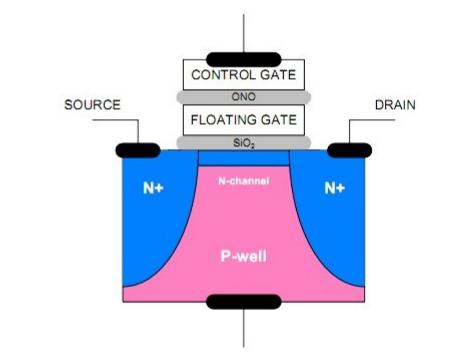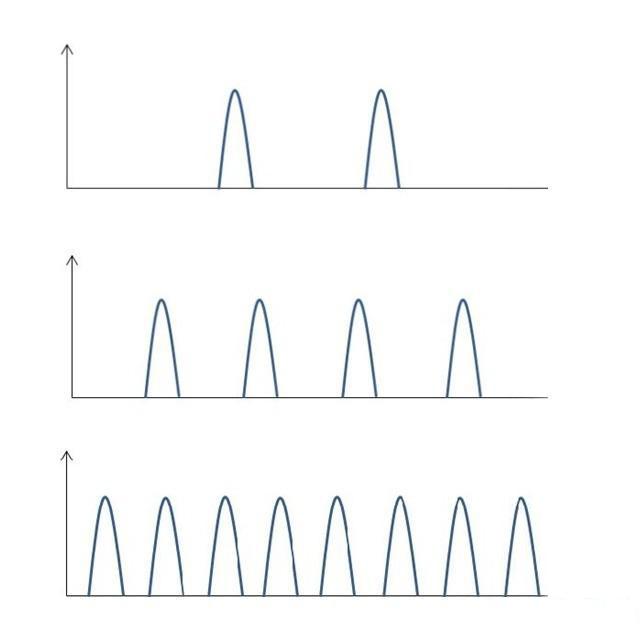What is TLC granule? What is the difference between it and MLC and SLC?
The first thing to say is what is TLC. In short , TLC is a kind of relatively cost-effective flash particle.

Specification comparison of SLC MLC TLC
TLC is actually just an adjective. TLC refers to the TLC flash memory, and the TLC refers to the Triple Level Cell, which is translated directly as the third-order unit. The more popular meaning is "one unit can store three pieces of information ", and the corresponding MLC chip is " one unit can store 2 pieces of information", SLC chip is " one unit can store 1 piece of information".
Some people may say that is this a question of integration? That's not true. Whether SLC, MLC or SLC, the number of transistors in a unit is similar, which means that we store more information with something physically similar. But storing more information means causing more instability.

The basic structure of MOSFET (metal oxide semiconductor field effect transistor)
So what is the structure of the flash memory like? Please look at the above diagram. When programming a flash memory unit, the voltage is applied to the control gate to form an electric field that allows electrons to pass through the silicon oxide fence to reach the floating gate. Once the crossing process is complete, the voltage on the control gate immediately drops back to 0, and the silicon oxide plays the role of an insulating layer. The erasing process of the unit is similar, except that the voltage is applied to the silicon substrate (P-well).

SLC only requires two kinds of voltage states to save all of the data, but TLC requires 8.
The MOSFETs of the SLC, MLC, and TLC are exactly the same, and the difference is how to program the unit. The SLC is either programmed or not programmed, and the state can only be 0, 1. Each unit of the MLC stores two bits, and the state has four types of 00, 01, 10, and 11 , and corresponds four voltage states. TLC has eight states (000, 001, 010, 100, 011, 101, 110, 111) with three bits per cell.
